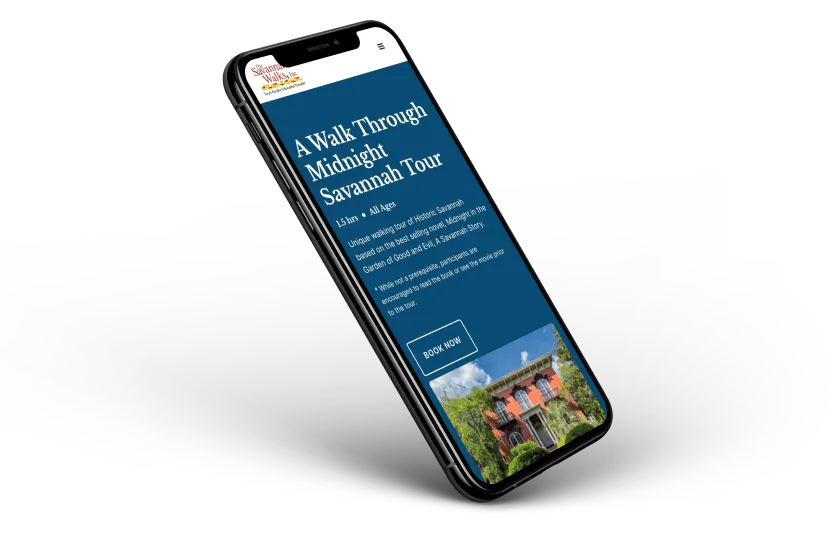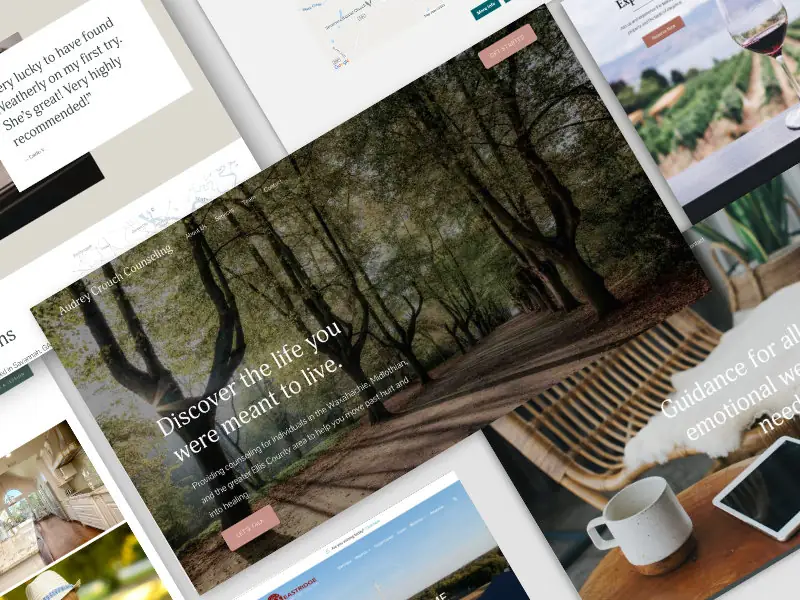Business
How do I Drive More Conversions on My Website?

What really drives conversions on a website?
Is it a sleek design, the perfect use of keywords, or compelling meta-titles?
While these elements are important, they are not the key to conversion success.
The Common Misconception
Many believe that a fancier design or the perfect keyword strategy is the secret sauce to online success.
While these elements contribute to a strong online presence, they don’t necessarily convert visitors into customers.
The Real Game Changer: Clarity and Simplicity
The true driver of conversions is simplicity and clarity.
When a visitor arrives at your website, they’re often looking for specific information or solutions to their problems.
If your website makes them think too hard to find what they need, you risk losing their interest.
Steven Krug, in his book, “Don’t Make Me Think” says this:
“Your goal should be for each page or screen to be self-evident, so that just by looking at it the average user will know what it is and how to use it. In other words, they’ll “get it” without having to think about it” (pg 18).
Why Confusion is Your Enemy
Confusion is the antithesis of decision-making.
When potential customers are confused, they are more likely to have doubts about your offerings.
It's crucial to anticipate their needs and questions, providing answers before they even have to ask.
Krug also says,
“Making every page or screen self-evident is like having good lighting in a store: it just makes everything seem better. Using a site that doesn’t make us think about unimportant things feels effortless, whereas puzzling over things that don’t matter to us tends to sap our energy and enthusiasm — and time” (19).
You catch that last part?
If we have to puzzle over things that don’t matter, our energy and time is sapped. On the web, we don’t want to give a lot of energy. Instead, what we want is for our experience to be effortless.
If something requires too much energy or thought, we bounce to the next site.
Surfing the web is not like reading a book. Websites are endless. If we can’t find what we want on one, we paddle over to the next one. We keep doing this until we find the site that gives us what we need.
How to Apply This Strategy
- Open Your Website: View your website as if you are a first-time visitor. Try to detach yourself from your deep familiarity with the site.
- Be the Customer: Put yourself in your customer's shoes. What are they looking for? What questions might they have?
- Ask the Right Questions: Go through a checklist of questions a potential customer might have.
- Who is the target client?
- What problem does the site solve?
- Is the solution clearly communicated?
- Are there testimonials or case studies to prove success?
- How can they contact you?
- What are the costs involved?
- How easy is it to navigate the site?
Implementing Changes
If you find any aspect of your site that isn’t immediately clear or easy to navigate, consider a redesign or rewrite.
Your goal is to make every element of your site self-explanatory.
Conclusion
In conclusion, while aesthetic and technical SEO are important, the ultimate key to increasing conversions is to make your website an effortless journey for your visitors.
By removing confusion and streamlining their experience, you not only improve their satisfaction but significantly increase the likelihood of them engaging with your service or product.
Remember, when it comes to your website, simplicity and clarity are not just design principles; they are powerful tools for business growth.
if you need help examining your own website, book a website audit with me.
End to End Webflow Design and Development Services
From Web Design and SEO Optimization to Photography and Brand Strategy, we offer a range of services to cover all your digital marketing needs.

Webflow Web Design
We design custom Webflow websites that are unique, SEO optimized, and designed to convert.
Webflow Maintenance
Gain peace of mind knowing that a Webflow Professional Partner is maintaining your website.

Claim Your Design Spot Today
We dedicate our full attention and expertise to a select few projects each month, ensuring personalized service and results.






